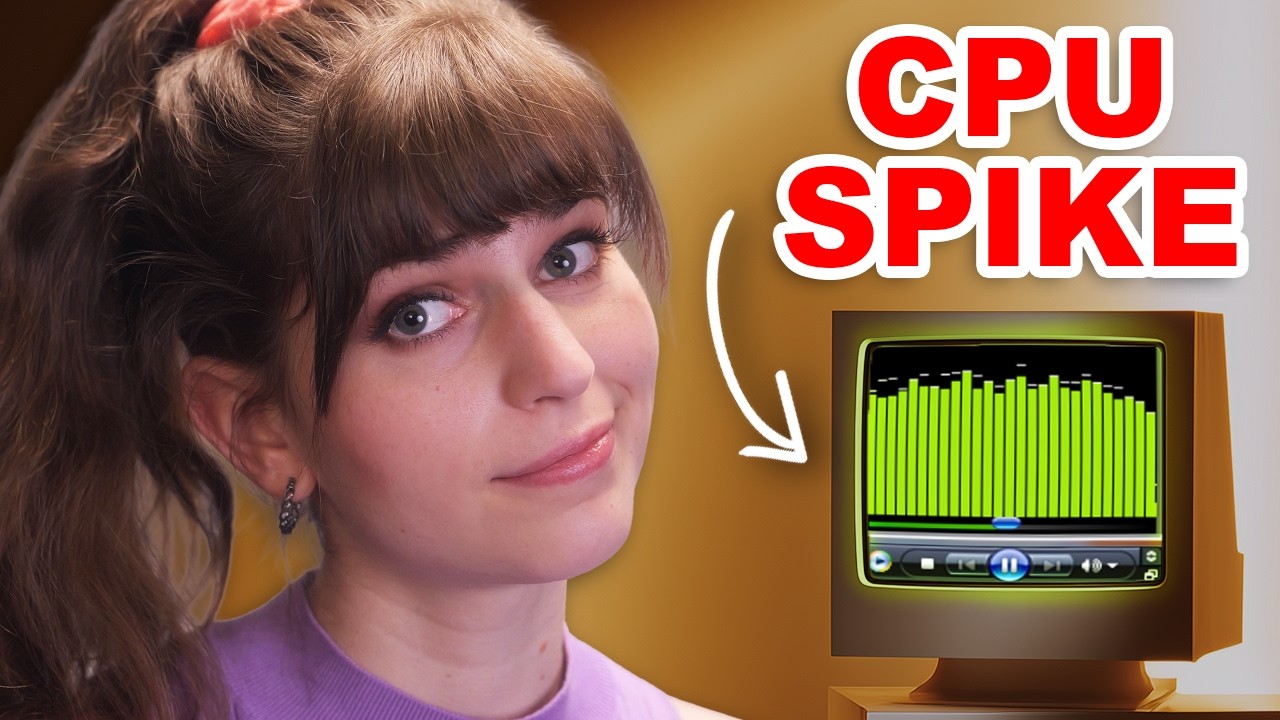
Audio Fades: A CPU's Toughest Challenge
A deep dive into why audio fades are one of the most demanding tasks for CPUs, highlighted through a recent video by YouTuber LaurieWired.
Audio Fades: A CPU’s Toughest Challenge
Have you ever wondered why audio fades can be so taxing on a CPU? A recent video by YouTuber LaurieWired delves into this intriguing topic, and I highly recommend checking it out for a detailed explanation. In essence, adjusting audio volume gradually can demand significant computational power due to the intricacies of floating-point arithmetic.
In a basic audio system, volume adjustments are straightforward, but when managed by a CPU, they become computationally intense as they often require adjustments that can slow processing speeds, especially with subnormal numbers which are more complex to compute.
LaurieWired beautifully articulates this in the explainer video, showcasing how small numerical adjustments can lead to excessive CPU workload. This highlights the ongoing challenges faced by Digital Audio Workstations (DAWs) and the algorithms developed to tackle this issue efficiently.
Related Articles:
- I thought audio driver troubleshooting hell was a thing of the ’90s until I tried using Bluetooth headphones with my laptop
- My new laptop chip has an ‘AI’ processor in it, and it’s a complete waste of space
- You might be surprised to learn that while robots and other machines are vital for making a top-end CPU air cooler, there’s still a lot of it that’s handmade
Watch the video: Fading Audio is ROUGH on CPUs - YouTube
